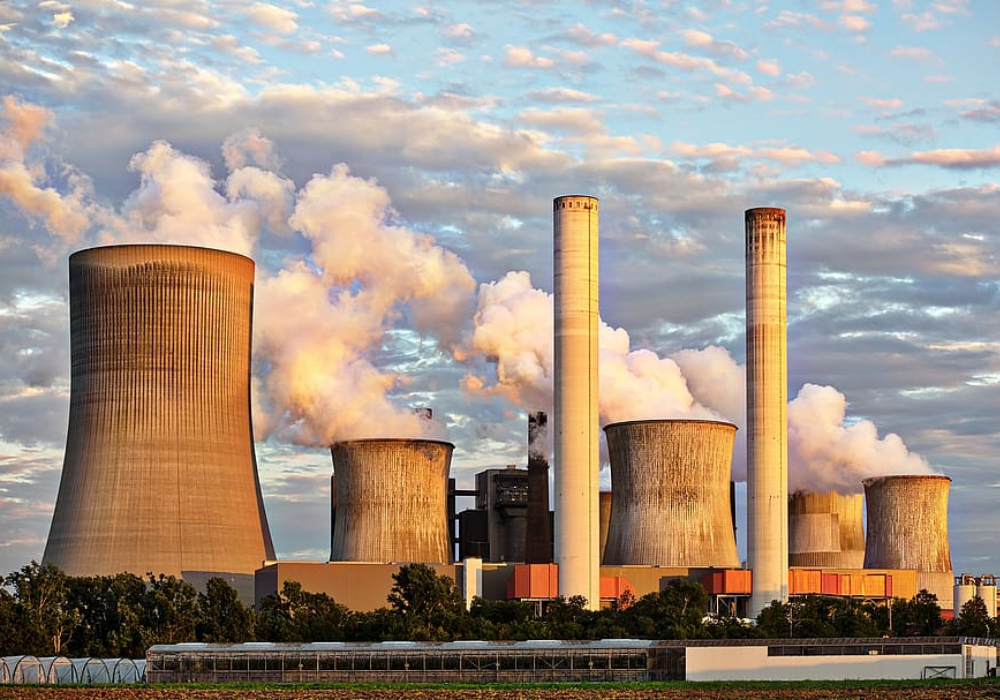
It is possible for the UK to reach its 2050 net-zero goal through targeted innovation and scale-ups across key areas, according to a new report.
The analysis, compiled by government-funded research group Energy Systems Catapult (ESC), suggests Britain must further invest in low-carbon technology, land use and lifestyle if it is to meet the climate target set out by former prime minister Theresa May in June last year.
The report, Innovating to Net Zero modelled 100s of potential pathways for the UK to eradicate greenhouse gas emissions, through scaling up or down on technologies and behaviour changes to “understand the combinations, interactions and trade-offs of competing decarbonisation approaches”.
ESC’s insight and evidence lead, Scott Milne, said each potential pathway broadly uses a combination of two different approaches — a top-down technology-focused approach or a bottom-up behaviour-focused approach.
“But what stands out is — no matter which pathway the UK takes — innovation, investment and incentives across low-carbon technology, land use and lifestyle are essential to achieve net zero,” he added.
“And there are massive economic opportunities for the UK to lead the world in these areas.”
How innovation can help the UK reach its 2050 net-zero target
The report found that to meet the net-zero target, the UK will require “unprecedented innovation across the economy”.
It says this innovation will not only be required in new technologies, but in original ways of deploying existing technologies, updated business models, novel consumer offerings, new policy, regulation and market design.
While the challenge is potentially daunting, Catapult highlights the commercial opportunity for companies able to deliver the innovations required is “huge”.
The researcher claims its analysis will help identify those opportunities, and what may be needed to unlock them.
Why the UK should invest in low-carbon technologies to reach net zero by 2050
Carbon capture and storage (CCS) with bioenergy may need up to 170 million tonnes (Mt) of CO2 storage annually by 2050, according to the report.
This is necessary to capture industrial emissions and to offset lifestyle emissions from air travel and livestock.
It also says hydrogen may need to grow to produce the equivalent of up to 300 terawatt-hours (TWh) of electricity a year to supply industry, heat and heavy transport.
ESC recommends electricity generation will need to double to about 600TWh of supply for “huge increases in heating and transport”, potentially rising to three-times that if hydrogen uses electrolysis.

In a scenario where a high amount of renewables are on the system and nuclear is not maximised, the report states that for offshore and onshore wind, 90 gigawatts (GW) of capacity, generating 370TWh will be needed.
But it adds that in a lower renewables case, 50GW generating 212TWh will still be required.
As for solar, up to 80GW of capacity for 73TWh is needed, while advanced nuclear technologies may require as much as 30GW generating 230TWh in a high nuclear scenario — which could be likely as the UK is currently expanding its nuclear fleet.
The report found that for small modular nuclear, 7GW — or around 20 reactors at 300MW each — could be an option to support three-quarters of all district heat in cities.
It highlights major innovation and deployment in electric and heat storage technologies are needed, with timescales from seconds to seasons to manage extreme weather conditions.
The report’s recommendations for the UK to reach its net-zero target
The report laid out several recommendations for the UK to reach its net-zero target by 2050.
- Innovation support for technologies — nuclear, CCS and hydrogen — direct support for innovation and early deployments, such as industrial clusters for CCS, funding mechanisms for CO2 transport and storage infrastructure, and support for advanced and modular nuclear and floating offshore wind.
- Economic incentives to go low carbon — balanced, economy-wide framework of market, pricing and regulatory interventions — such as new carbon standards for buildings to promote adoption of low or zero-carbon heating and potentially road transport, and new incentives for climate-friendly land-use choices.
- Local Area Energy Planning — rolled out to identify the unique low-carbon solutions, infrastructure and investment needs in different local areas to shape decision making.
- Reform of power markets — to improve efficiency and unlock flexibility and distributed low-carbon technologies, including matching user needs and local system circumstances.


